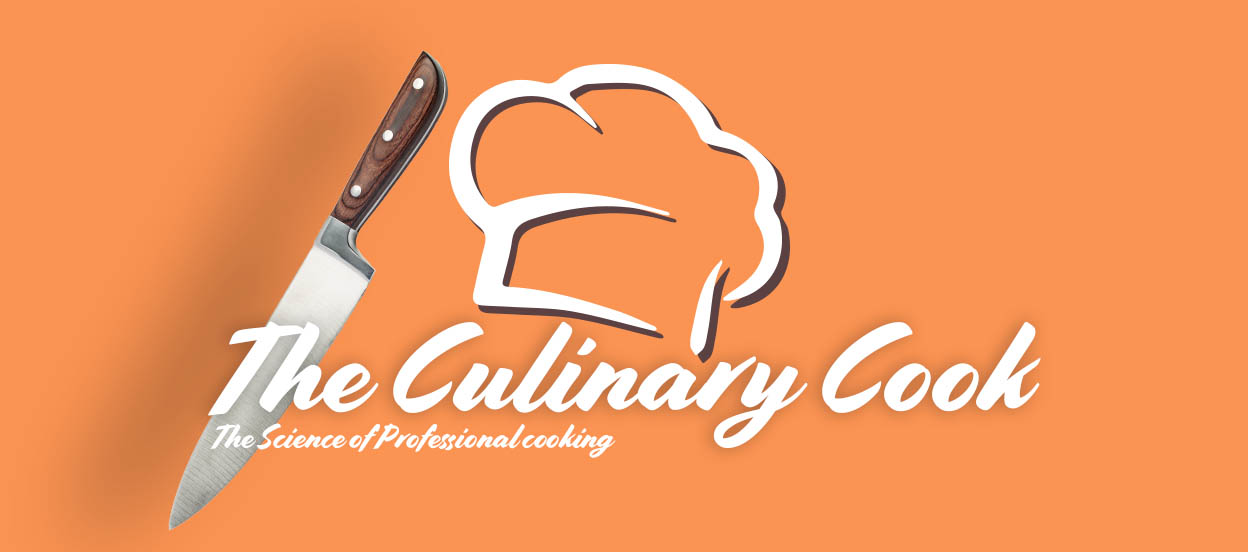Becoming A Blade Master: Knife Skills
Becoming a master in your knife skills will not happen over night. In fact, chances are you will have to completely relearn how to properly use your knife! But don’t worry, it’s for the best.
For the purposes of this article, we will focus on the use of the Chef Knife. This is the universal knife that you will use on a regular basis. It is your friend, and if you treat it nicely, it will give you years of service (Without a lot of cuts, hopefully!). The biggest problems with knives are a two-fold issue. One is the lack of proper knife skills. The other is the lack of a proper knife. Let’s get down to the basics.
The Chef Knife

[dropcap]C[/dropcap]hoosing a proper chef’s knife is an important purchase. When it comes to knives, quality is paramount. You must choose a knife with a solid reputation, excellent German or Japanese blade, and a proper size and length. The weight of the knife is also important, as a heavy knife will cause fatigue early.
A sharp knife is of the utmost importance, and if you currently use a dull knife, get it sharpened or start shopping around for a new one. A dull knife will cause more injuries than a sharp one. Crushing your food is not good technique. Different knives have different quality blades and the price tag does not usually reflect that. A higher price knife won’t necessarily have a better blade and you don’t want to be buying a brand as much as you want to be buying quality. A knife with a great blade will keep its edge longer and will last months of daily commercial kitchen abuse before requiring sharpening.
To keep your blade in tip top shape requires the proper maintenance. Steeling your knife before and after every use will ensure you keep your blade honed and sharp.
Watch this video on how to steel your knife
Cutting With Your Knife

[dropcap]A[/dropcap] proper grip is where we start when we talk about how to use a knife. Holding your knife properly will ensure that you minimize fatigue, maintain absolute control, and have an excellent range of motion. The picture on the right shows the proper way to hold your knife.
There are many techniques to learn when it comes to using your knife. The first technique we’re going to learn is how to properly cut with your knife. This is the part that many people decide to skip because they’ve used a different (wrong) way for so long that it becomes alien to use anything else. I’m here to tell you to tough it out. If you want to get the best out of your love of cooking, then you have to get the basics down and cutting is a pretty large foundation for that. So let’s get to it!

You know how to care for your knife, steel your knife and hold your knife. Now it’s time to cut with your knife! The proper way to cut with your knife uses the last knuckle of your forefinger or middle finger as a guide, while your ring, pinky and thumb stabilize the item your are cutting. While you may feel a bit nervous at first, know that this technique will eliminate 99% of cuts to your hands! Start with slow, controlled slicing motions while always keeping the item stationary. Your knife moves to the guide of your knuckle. Your guiding hand does not guide the food into the knife!
If you are cutting a round or abnormally shaped item, such as a tomato, try slicing off a piece from the side perpendicular to the side you wish to cut from in order to give the item a flat surface to stabilize it with. This ensures the item doesn’t roll away from you or slide around.

The picture on the right will show you the improper way to use your knife. This is bad form, and if you do this – stop!
Always remember that when learning (Or re-learning) how to use your knife, patience is the key. You won’t be a pro overnight! Speed will come with time, but when it does come you’ll realize why these foundations are so important!





